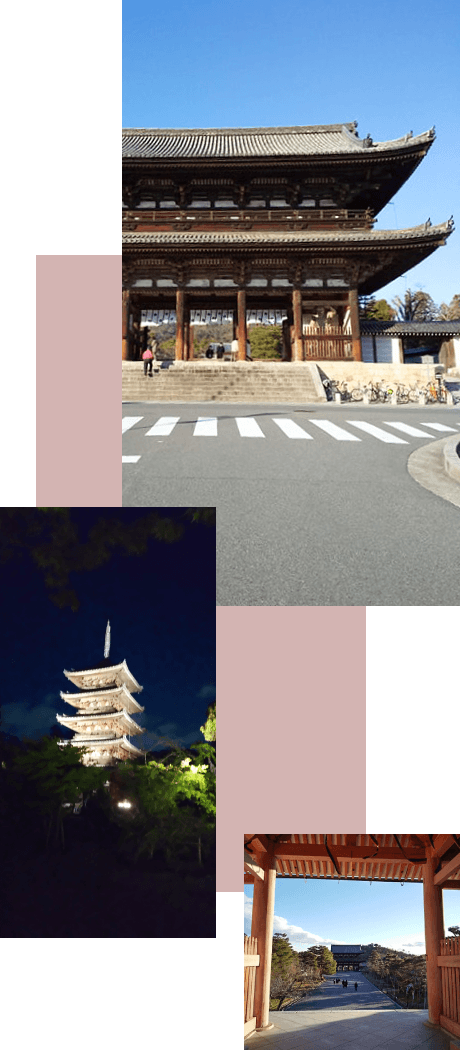
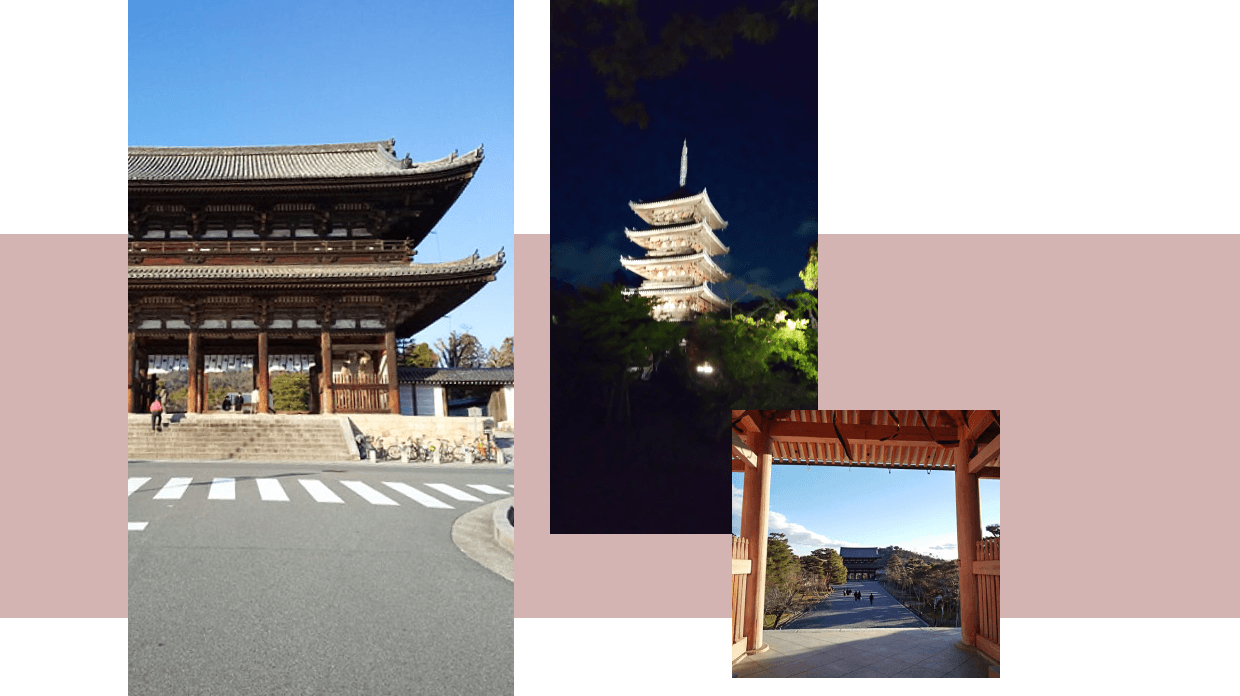

現在の賛同者
3345人
京都市右京区にある世界文化遺産 仁和寺門前に、建築基準を大きく上回る特例を前提としたホテル建設が計画され、2021年2月末住民に配布された資料によれば、2021年夏頃着工予定とされています。
こうした状況のもとで、世界文化遺産仁和寺とその周辺の景観・環境を守る立場から、下記よびかけ人の連名で、「世界文化遺産仁和寺前ホテル計画の見直しを求めるアピール」を発表し、京都から全国へ、そして世界に向けて、この問題を広く訴えていくことにいたしました。
古都1200年の歴史にはぐくまれる、人々の暮らしの中にいまも生き続けている美しい景観を守るために、京都市も事業者も一度立ち止まって、この計画の根本的見直しを行うことを心から望んでこのアピールを発表いたします。
2021(令和3)年3月25日
池内 了
(総合研究大学院大学名誉教授、名古屋大学名誉教授)
大石 芳野
(写真家)
加藤 登紀子
(歌手)
柴田 京子
(山とみ女将)
圡橋 亨
(映画監督)
野田 正彰
(精神科医、ノンフィクション作家)
広原 盛明
(元京都府立大学長)
宮本 憲一
(元滋賀大学学長、大阪市立大学名誉教授)
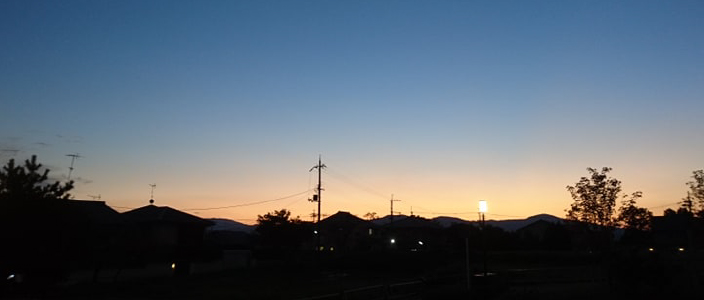
「仁和寺にある法師」で知られた、世界文化遺産仁和寺。その門前からは、前方に双ヶ岡、西には西山連峰がなだらかな稜線を広げています。この風景は、古都1200年の歴史にはぐくまれ、人々の暮らしのなかにいまも生き続けています。
1960年代後半、双ヶ岡の乱開発が大きな問題になり、京都の景観・風土を守ろうと立ち上がった市民のたたかいがありました。
このたたかいを経て誕生したのが「古都保存法」です。ところが、市民が大切に守り抜いてきた世界文化遺産仁和寺の門前に、いま東京に本社をおく事業者によるホテル建設計画が進んでいます。しかも、京都市は上質宿泊施設誘致制度をつくって、建物の延床面積を緩和し、特例を用いて規定の倍近くの面積を認めようとしています。
仁和寺の周辺は、世界文化遺産の緩衝地帯(バッファゾーン)として、建築には多くの規制があります。また、古都保存法の「歴史的風土(特別)保存地区」にも指定されています。こうした地域でのホテル建設に特例による緩和など論外ではないでしょうか。
仁和寺の門前は、双ヶ岡と一体となった優れた景観です。
夕暮れどき、西山連峰に沈む陽が、山の稜線と二王門を映して見事なシルエットを描きます。勇壮で荘厳な仁和寺とともにある風景は、近隣で暮らす住民はもちろん、世界中から訪れる人々の宝です。
ここに大きなホテルが建てば、この景観も静かな住環境も一変します。
美しい景観は、だれもが等しく得られるものです。住民の暮らしとともにあるこの風景こそ、京都の魅力ではないでしょうか。
京都はホテルのまちではありません。世界文化遺産仁和寺前のホテル建設については、京都市も事業者も一度立ちどまって、建設凍結を含む計画の根本的見直しを行うことを心から望むものです。
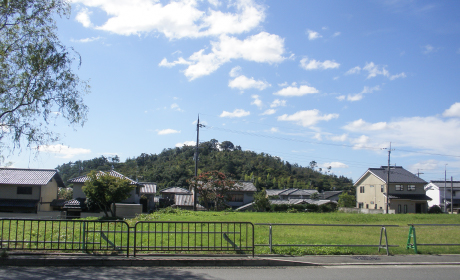
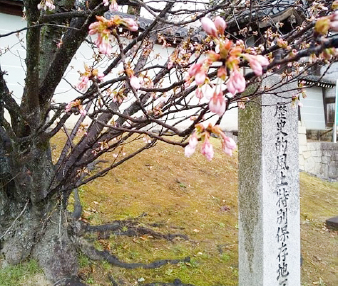
アピールにご賛同いただける方は、賛同フォームからお願いします。
この取り組みを広げるために募金にもご協力いただけますようお願いします。
振込先
口座記号01000-5 口座番号29697 市民共同法律事務所
ゆうちょ銀行 9900 店番109 当座109支店/口座番号0029697
京都・まちづくり市民会議中島 晃(弁護士)
〒604-0847 京都市中京区烏丸通二条下ル ヒロセビル2階 市民共同法律事務所
世界文化遺産仁和寺の環境を考える会桐田 勝子(共同代表)
Ninnaji Temple, well-known as it was mentioned in a Japanese classic work called Tsurezuregusa, is one of the World Cultural Heritage sites in Kyoto. From the great Nioh-mon Gate, visitors can enjoy the placid views of Narabigaoka Hill in the south and gentle ridgeline of mountains far in the west. The beautiful scenery and atmosphere around Ninnaji-Temple were nurtured over a long period in the ancient capital, and now cherished by the citizens of Kyoto.
In the late 1960s, the overdevelopment of the Narabigaoka area became a major problem, and there was a citizens' movement to protect the landscape and atmosphere of Kyoto. The "Law for the Preservation of the Ancient Capital" was born as a result of this movement. However, in front of the Ninna-ji Temple, a World Heritage Site that has been carefully protected by the citizens of Kyoto, a hotel construction plan by a Tokyo-based company is now underway. Moreover, the Kyoto city authorities have created a "high quality lodging facility attraction system" to allow contractors to increase the total floor area of their hotels to almost twice the size stipulated by the Building Standards Law.
The area around Ninna-ji Temple is a buffer zone for the World Cultural Heritage site, and there are many restrictions on construction. It is also designated as a "Special Historic Preservation District" under the Law for the Preservation of Ancient Capitals. We think it is out of the question to relax the Building Standards Law for hotel construction in such an area.
In front of the gate of Ninna-ji Temple, we can enjoy an excellent view of Narabigaoka Hill.At dusk, the setting sun over the Nishiyama mountain range creates a magnificent silhouette of the mountain ridges and dyes the Niomon Gate red. The scenery along with the majestic Ninna-ji Temple is a treasure not only for the residents living nearby but also for visitors from all over the world.
If a large hotel were to be built here, it would completely change the landscape and the quiet living environment. Beautiful scenery is something that everyone should enjoy equally. We believe that this scenery, along with the lives of the residents, is the charm of Kyoto.
Kyoto is not a city of hotels. We sincerely hope that the authorities of Kyoto city and the developer of the hotel, will stop and reconsider the construction of the hotel in front of Ninna-ji Temple, a World Cultural Heritage site, and conduct a fundamental review of the plan, including the cancellation of the construction.